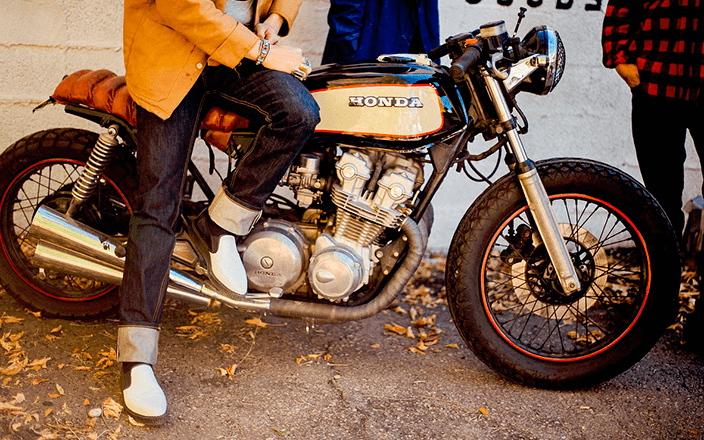Today, manufacturers have been replacing carburettors with electronic fuel injection systems.
So where can a motorcycle’s carburetion fail then?
Fuel injected motorcycles are well adapted to riding at different altitudes (there is not as much oxygen in the air in the mountains as at sea level). If your “carburettor” motorcycle normally runs in such scenarios, you may need to “carburet it”.
Many of the problems, however, stem from something as simple as the air filter not being cleaned or changed regularly. The engine does not start. It consumes more and more fuel. It responds inappropriately when accelerating.
What are the most common carburetion failures?
First of all, make sure that the spark plug is the correct one and the fuel does not contain any water or has been “rotten” as a result of the motorcycle being “in hibernation” for a long time. It may be that the engine simply “slows down” at traffic lights when it is cold, and accelerates when it is warm (between 60° and 85°).
In this case, the idle speed “screw” must be adjusted until it is stabilised at 800 rpm.
Once consolidated, if the motorcycle throttles suddenly when accelerating, you must open the air screw (the one that regulates the air intake) by half a turn at a time until it does not do so. If, on the other hand, the motorcycle revs up well, but when you let off the throttle it takes a long time to come back down, you have overdone it, and you should close it slightly.
What happens when the failure occurs at high altitudes?
This is where the high pressure jet acts (from the main jet, located inside the tank) and to find out if it is correctly chosen, we will look at the colour of the spark plug.
When the engine is warm, after running at full throttle, the ignition must be “cut off” and the clutch pressed to a stop.
After disassembly, if the electrodes are white, there is a lack of fuel: the motorcycle is running smoothly. The diameter of the high pressure jet must be increased.
If the spark plug is wet and blackened, this is because it is “fits big” and a smaller gicleur must be fitted. In the first case, when the gas is cut off while the engine is running, there is usually afterfiring, and when the gas is turned on fully, there is a kind of vacuum. In the second case, the motorcycle is running at speed and does not rev up to full throttle: it is then said that it is overloaded.
To regulate the best throttle response, the needle valve must be acted upon. The needle valve acts on engine performance when the engine is between ¼ and ¾ of its maximum power, i.e. between ¼ and ¾ of the throttle stroke. It is carburetted by accelerating from medium throttle: if the motorcycle is sluggish and hesitates, the position of the main needle valve must be raised. If it sounds weird, and it runs rich, the needle valve has to be lowered.
Once everything has been adjusted, the idle speed must be adjusted again… or finally buy a motorcycle with fuel injection!
Header picture: Danny Lopez | Flickr


 Join Us
Join Us  Join Us
Join Us 





